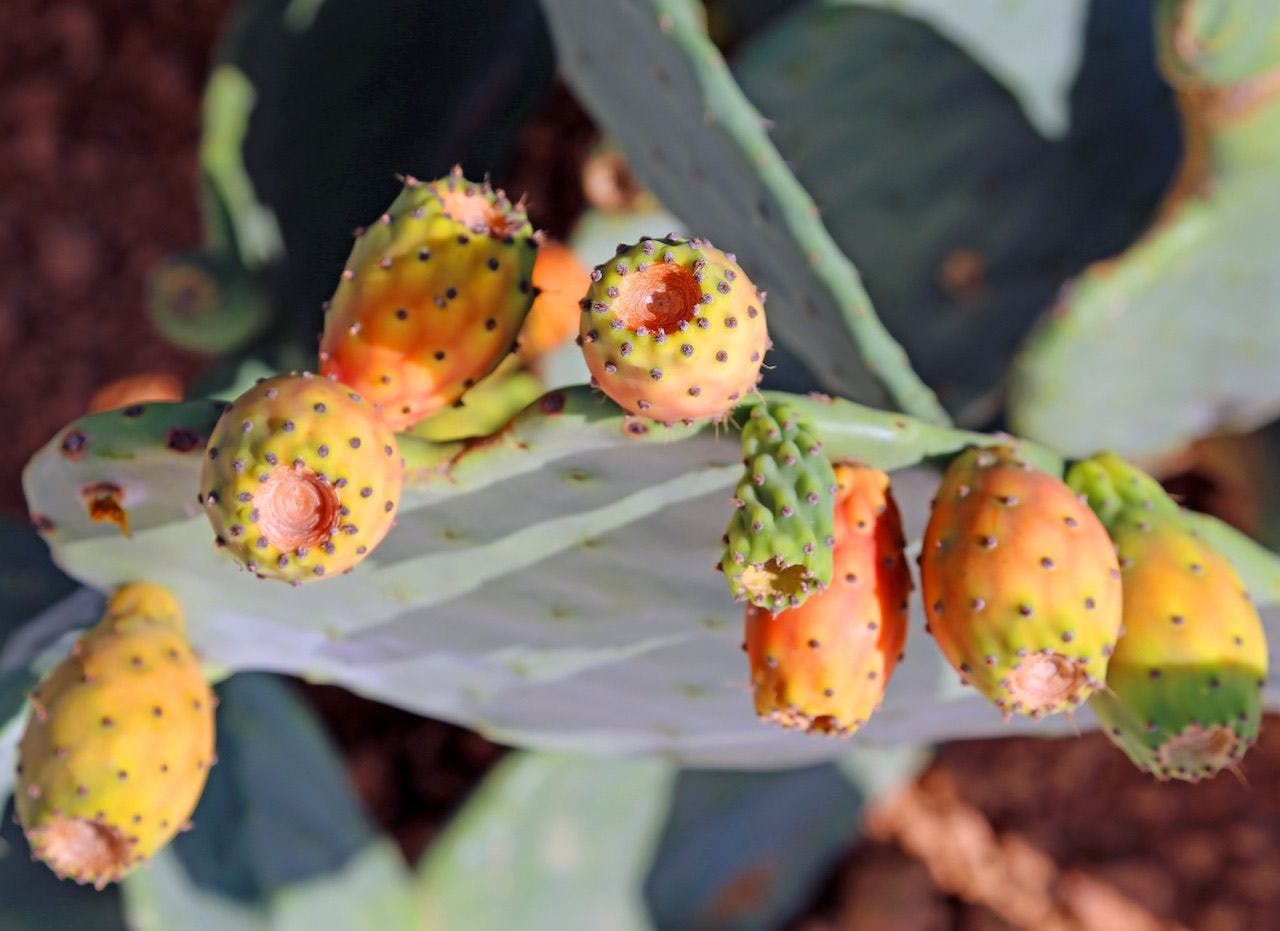July 7, 2022
•
5 min read
A Guide to Mexican Fruits
Mexico is known for many things: its food, its music, and its beaches. But Mexico doesn’t get the recognition it deserves for its wide variety of exotic fruits. Many of them have come to influence the cuisines of the planet.
Rafael Bracho
Insurance Expert
A Guide to Mexican Fruits
Fruits in Mexico
Introduction:
A Guide to Mexican Fruits
Mexico is known for many things: its food, its music, and its beaches. But Mexico doesn’t get the recognition it deserves for its wide variety of exotic fruits. Many of them have come to influence the cuisines of the planet.
For example, the tomato is originally a Mexican fruit. Eve the word “tomato” comes from the Nahuatl “xictomatl” meaning “bellybutton of the water fruit”—seriously—and even today, tomatoes are called “jitomate” in Mexico, whereas they’re called “tomate” in every other Spanish-speaking country.
Yet, I digress. The tomato is a common fruit, but there are many fruits in Mexico that are uncommon to Mexican expats. Thus, Expat Insurance thought we would put together a short article on some of the Mexican fruits that you may find while living here.
Zapote
A Guide to Mexican Fruits

There are many varieties of zapote (which is sometimes spelled “sapote”) found all over the planet. I’ve been to markets in Vietnam, and these fruits are still referred to by their Nahuatl name.
The two most famous types of zapote that you’ll find in Mexico are zapote amarillo (yellow zapote) and zapote negro (black zapote). You’ll also find mamey — which is technically a zapote as well—but we’ll cover that fruit in the next section.
The skin of a zapote varies greatly in color, and they’re often rough like a kiwi. The inside of the zapote is generally creamy, and it’s known for being quite sweet and very delicious. Zapote negro is a favorite in Mexico, with a black flesh that is often described as mildly sweet and almost chocolatey. It’s often used to make custards and fillings for pastries, but I’ve seen it even used to flavor pulque.
Mamey
A Guide to Mexican Fruits

As mentioned above, a mamey is a type of zapote. I like to describe it as appearing like an avocado with a tan skin, and inside is a gorgeous, sunset-colored fruit. It’s mildly sweet, and has kind of a sweet potato flavor—though still tasting like a fruit, don’t worry. And in the middle of a mamey is a long, shiny, black pit.
The flesh of the fruit is creamy like an avocado—and a little fibrous, so not like a Hass avocado, but one of the other types of avocados. It’s often used in smoothies and ice creams because of its smooth, thick texture.
Tuna
A Guide to Mexican Fruits

First of all, tuna isn’t tuna-fish in Mexico. That would be atún. Tuna is a prickly-pear cactus. It’s very sweet, and it can be found at very affordable prices throughout Mexico because of the ease with which the cactus grows.
There are green tunas and red tunas—the latter being a lovely shade of magenta that has been used to dye clothing for millennia before the arrival of the Europeans. Both are almost cloyingly sweet, but they are delicious! Unfortunately, they come with hard black seeds throughout the fruit that is edible, but impossible to chew. You really have to just swallow some and spit others out.
Tuna is often squeezed into a thick juice. If it’s strained, then, it can be really refreshing. Tuna is also a popular flavor of nieves (sorbets). Either way, it’s an experience you can’t miss!
Pitaya
A Guide to Mexican Fruits
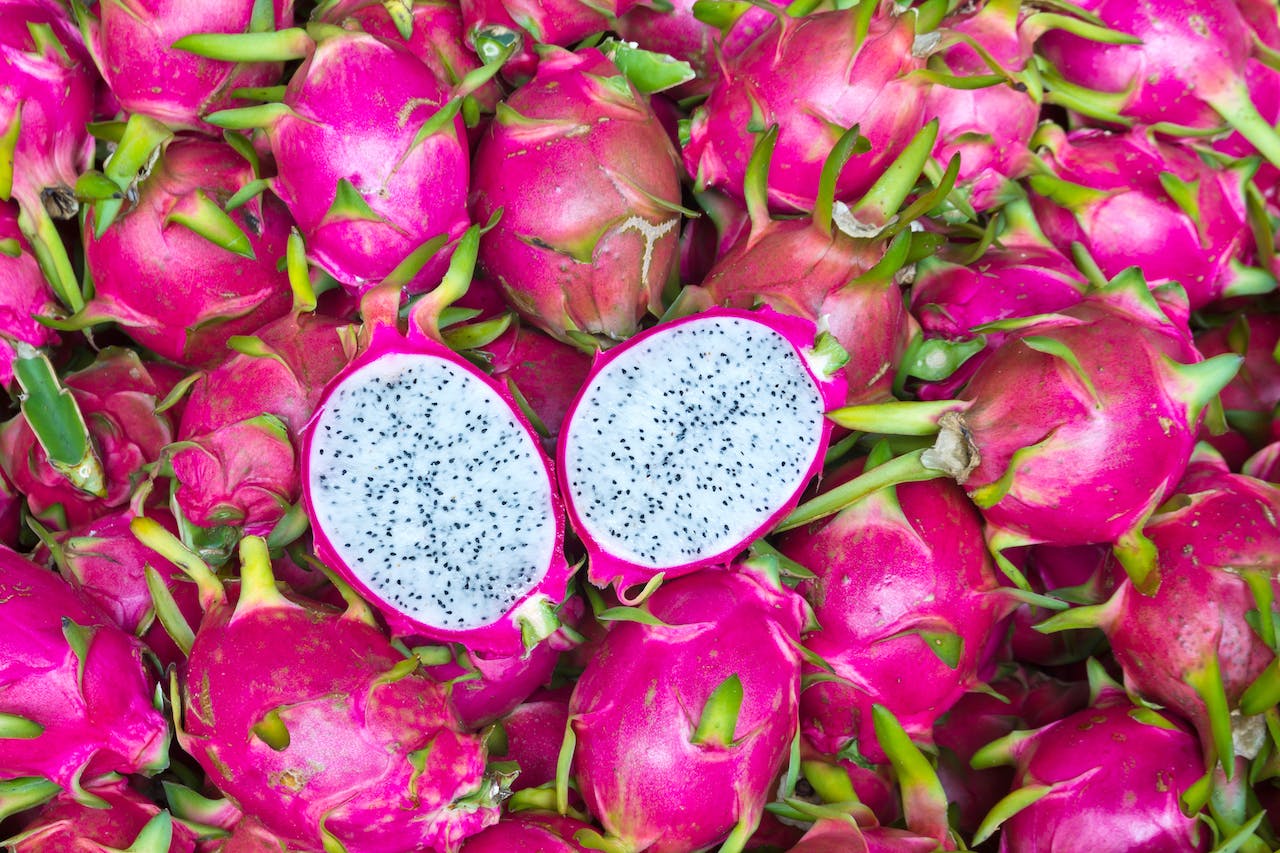
Another type of cactus fruit is pitaya. Sometimes spelled “pithaya”, this name denotes a variety of seasonal fruits from different cacti found across the American continent. Perhaps the most famous is dragon fruit—though those are now more popular in Asia.
The most popular types of pitaya in Mexico have a bumpy skin, and when you peel back the outer layer, they look like brains. I know, that doesn’t sound so appealing, but they taste really delicious. There are red, orange, pink, and white forms of pitaya—all with their own subtle flavors. They are generally eaten raw, like you would an orange.
Maracuyá
A Guide to Mexican Fruits
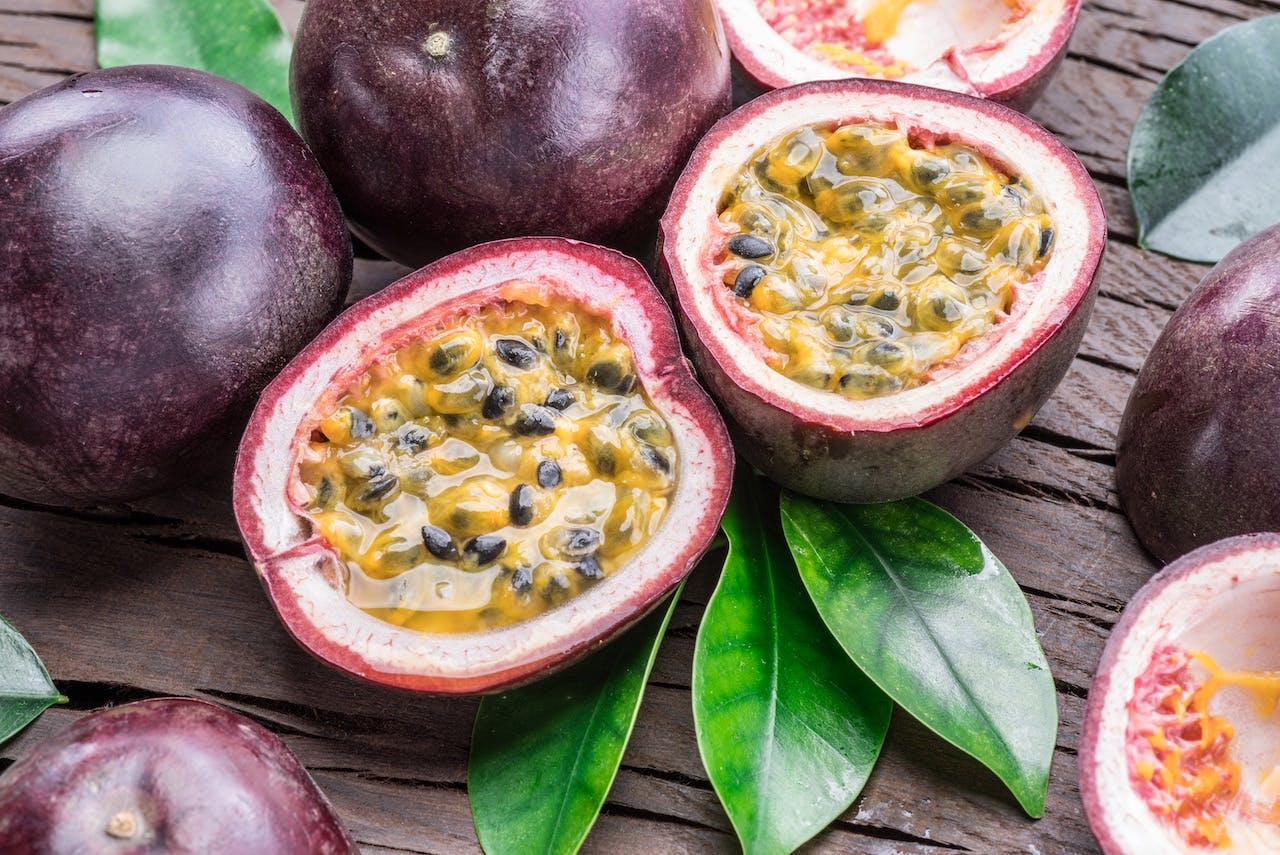
Maracuyá is not unheard of in other countries. Known in English as passionfruit, it can be found in cocktails and desserts around the world. However, in Mexico, it’s a staple—and the slimy pulp of the maracuyá can even be used in spicy salsas and savory marinades to give the dish a hint of tropical sweetness.
Nanche
A Guide to Mexican Fruits
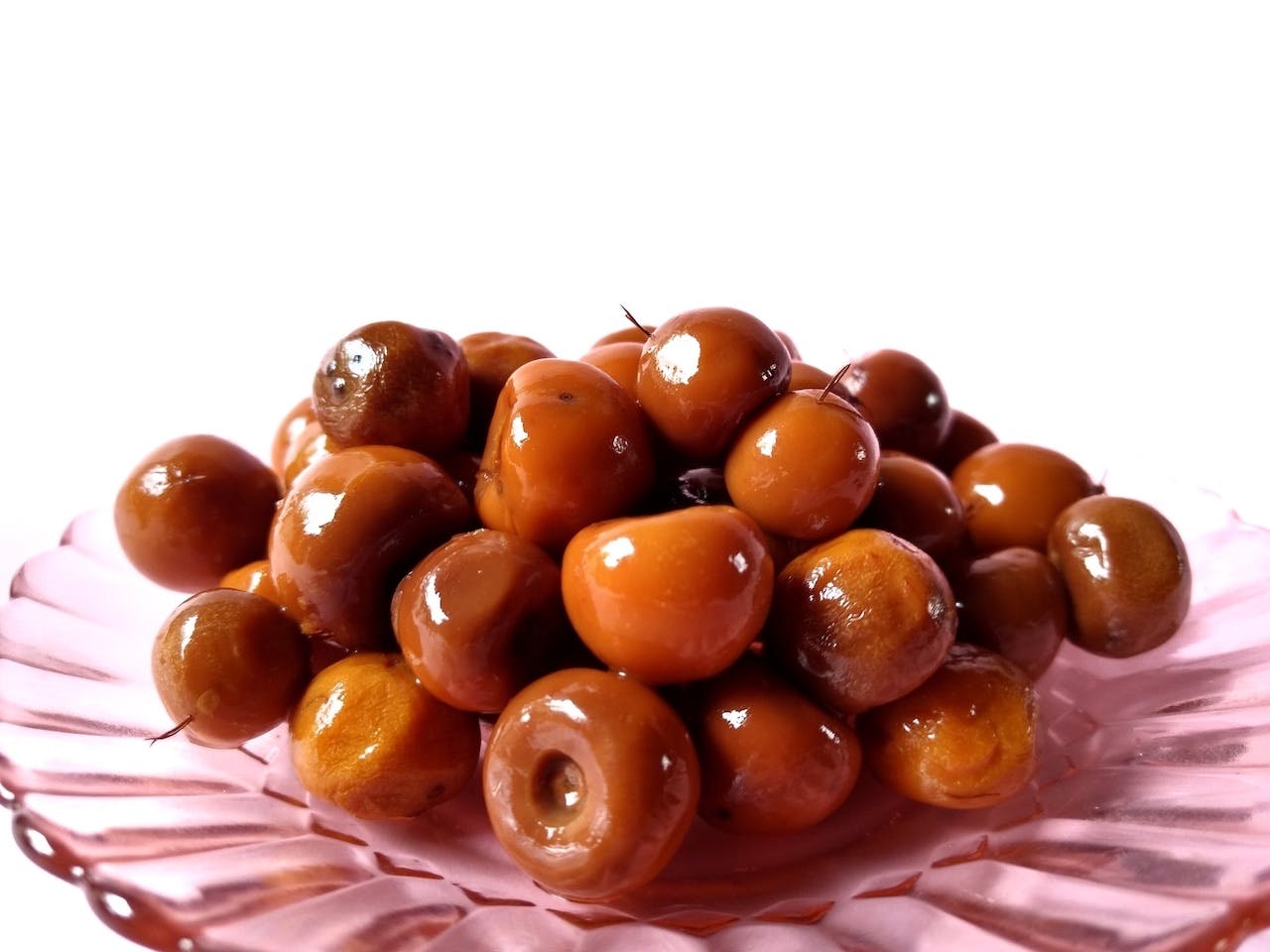
Nanche is a small, yellow fruit—kind of like a kumquat. It has a sweet flavor that is slightly tart and very strong. Due to its pungent aroma and overpowering taste, it’s often diluted in juices, or making nieves (sorbets), and can even be used in curing mezcal. It can be found throughout Latin America.
Huayas
A Guide to Mexican Fruits

Huayas—sometimes spelled “guayas” —is a small fruit that grows in clusters like a grape. Huayas have a hard, often-olive-colored skin that is inedible. However, when you peel the skin off, the flesh beneath is white, juicy, with the perfect amount of sweetness. They’re usually eaten raw, set aside to snack on and discard the peel like you would with a pistachio.
Guanabana
A Guide to Mexican Fruits
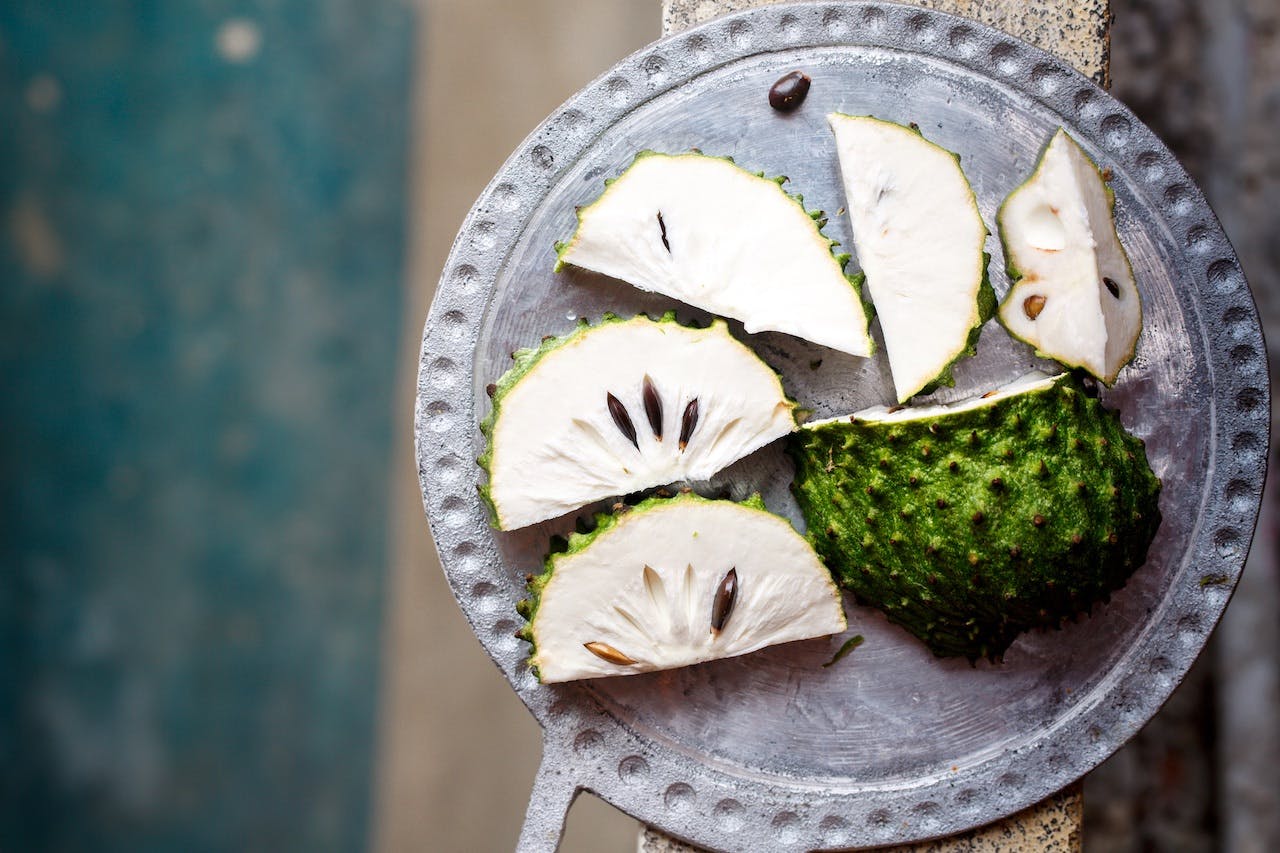
Guanabana is not unheard of in other countries. Known in English as a soursop, it’s definitely much more common throughout central and southern Mexico. One of the healthiest fruits on this list, guanabana is a popular Mexican ice cream flavor.
The skin outside is green and spiky, and the flesh inside is white, hard and dotted with black seeds like an apple would be. The flavor however, is more akin to a not-fully-ripe strawberry/banana mix.
Conclusion:
A Guide to Mexican Fruits
If you’re not an adventurous eater, then trying Mexican fruits can be a great way to break out of your shell. They are always sweet and palatable—even if some are a bit tart. Fruits in Mexico are widely employed, not only as a side in breakfasts, or fillings in desserts, but also in curing alcoholic beverages and whipping up spicy salsas. It comes in handy having tried them all.
*For more information on seasonal fruits in Mexico, click here.
Rafael Bracho
Insurance Expert & Writer
For several years, Rafael has been crafting articles to help expats and nomads in their journey abroad.
Get Protected While Living Abroad
Found this article helpful? Make sure you have the right insurance coverage too. Get instant quotes for international health, life, and travel insurance.
Takes 2 minutes • Compare multiple providers • Expert advice

